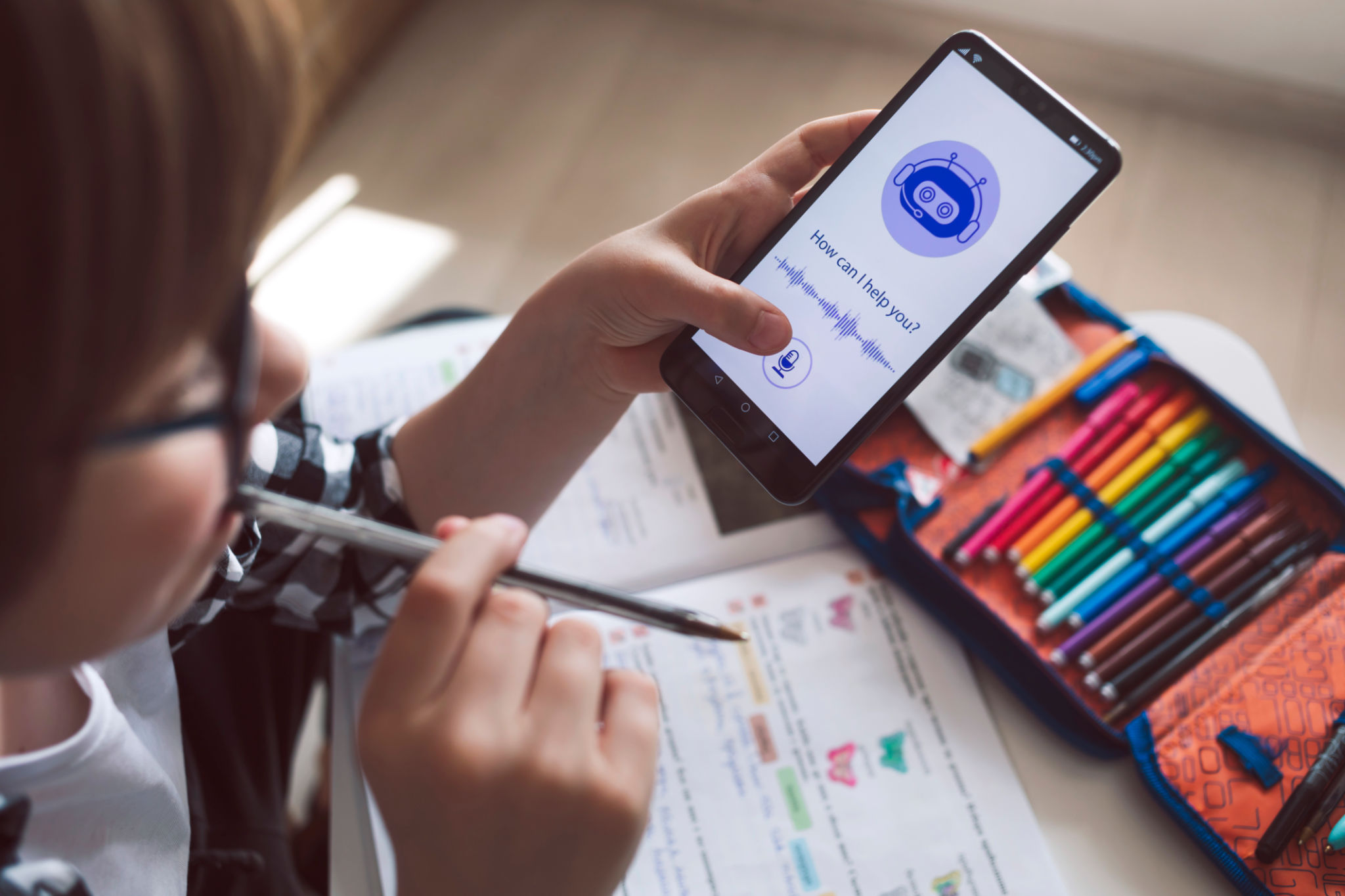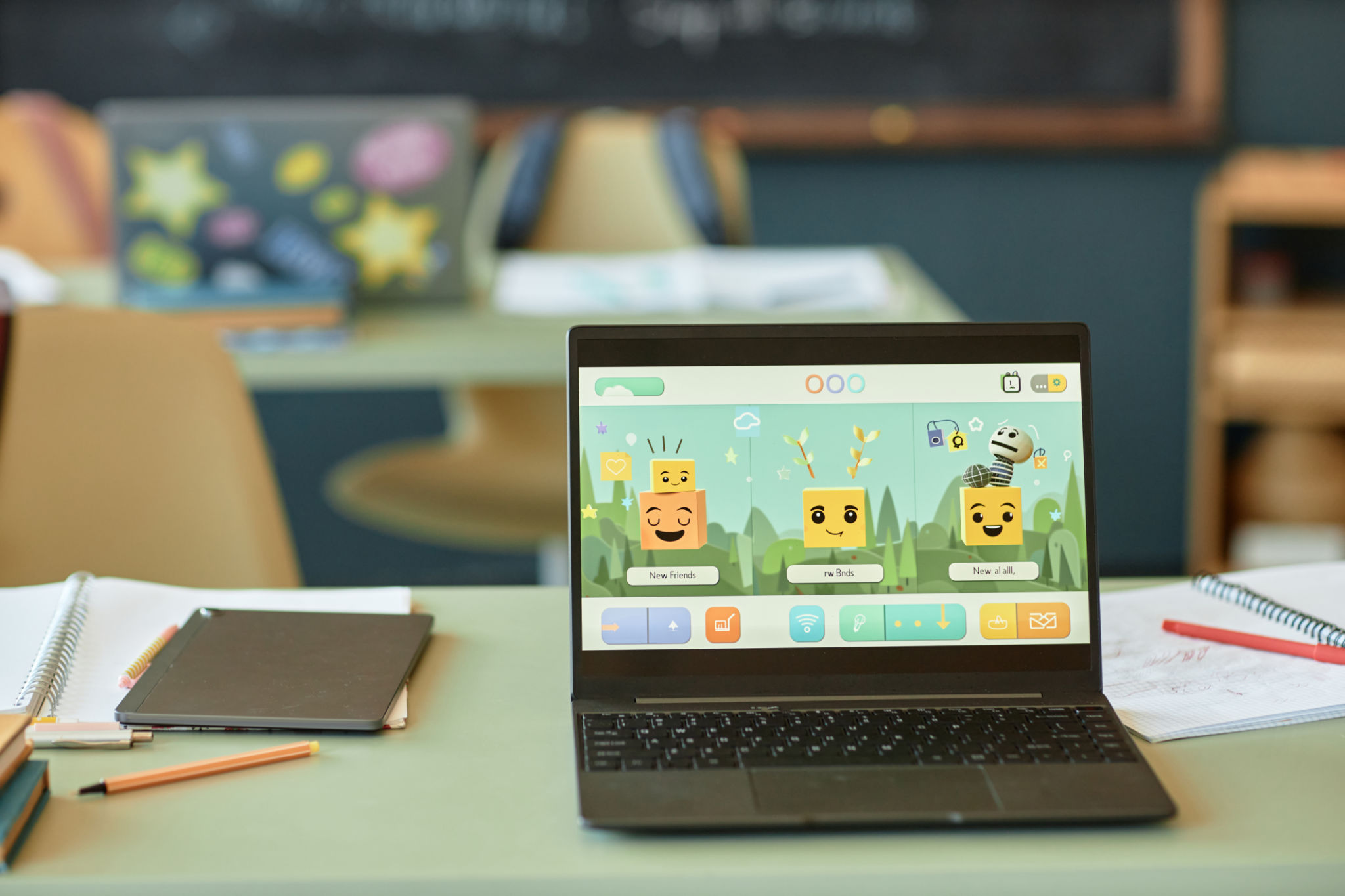Innovative Ways to Implement Technology in Tutoring: A Trend Analysis
Embracing Technology in Modern Tutoring
In recent years, technology has rapidly transformed the educational landscape, offering new possibilities for tutors and students alike. By integrating digital tools into tutoring sessions, educators can enhance learning experiences, increase engagement, and cater to diverse learning styles. This trend analysis explores innovative ways technology is being used in tutoring and its impact on education.

Digital Whiteboards and Interactive Platforms
One of the most significant advancements in tutoring technology is the use of digital whiteboards and interactive platforms. These tools allow tutors to share real-time visuals with students, making complex concepts easier to understand. Platforms like Zoom and Microsoft Teams come equipped with whiteboard features, enabling collaborative learning and interactive problem-solving.
Moreover, dedicated educational platforms such as Khan Academy and Scribblar offer specific tools designed to facilitate learning. They provide a space where tutors can draw diagrams, annotate texts, and engage students with interactive exercises. Such platforms help in creating an immersive learning environment that can significantly improve student comprehension and retention.
Personalized Learning through AI and Machine Learning
Artificial intelligence (AI) and machine learning are revolutionizing personalized learning in tutoring. These technologies analyze student performance data to customize educational content, ensuring that each learner receives instruction tailored to their needs. AI-driven platforms like Smart Sparrow adapt lessons in real-time, addressing individual learning gaps and pacing issues.

This personalized approach not only enhances student engagement but also fosters a deeper understanding of subjects by targeting specific areas for improvement. As a result, students can progress at their own pace while receiving support where they need it most.
Gamification for Enhanced Engagement
Gamification is another innovative strategy being adopted in tutoring to boost student motivation and engagement. By incorporating game-like elements such as rewards, leaderboards, and challenges into learning activities, tutors can make lessons more interactive and enjoyable. Platforms like Kahoot! and Quizizz allow educators to create quizzes and interactive games that reinforce learning objectives.
This method not only makes learning fun but also encourages healthy competition among peers, fostering a collaborative learning environment. Gamification can transform the tutoring experience, making it more dynamic and engaging for students of all ages.

Virtual Reality (VR) and Augmented Reality (AR) in Tutoring
Virtual reality (VR) and augmented reality (AR) are emerging as powerful tools in the educational sector. These technologies offer immersive experiences that can bring abstract concepts to life. Tutors can use VR to simulate real-world scenarios or historical events, providing students with a deeper understanding through experiential learning.
AR applications like Google Expeditions allow students to explore 3D models and virtual tours without leaving their classroom or home. These technologies make learning more engaging and can be particularly beneficial for subjects like science, history, and geography.
Conclusion: The Future of Tutoring
As technology continues to evolve, its integration into tutoring will likely become even more prevalent. The innovative use of digital tools is shifting traditional educational paradigms, allowing for more personalized, engaging, and effective learning experiences. Tutors who embrace these technologies can better meet the needs of their students, preparing them for the challenges of the modern world.
By staying informed about the latest trends in educational technology, tutors can ensure they are providing the best possible guidance to their students. The future of tutoring lies in the ability to adapt and innovate, leveraging technology to unlock new potentials in education.
